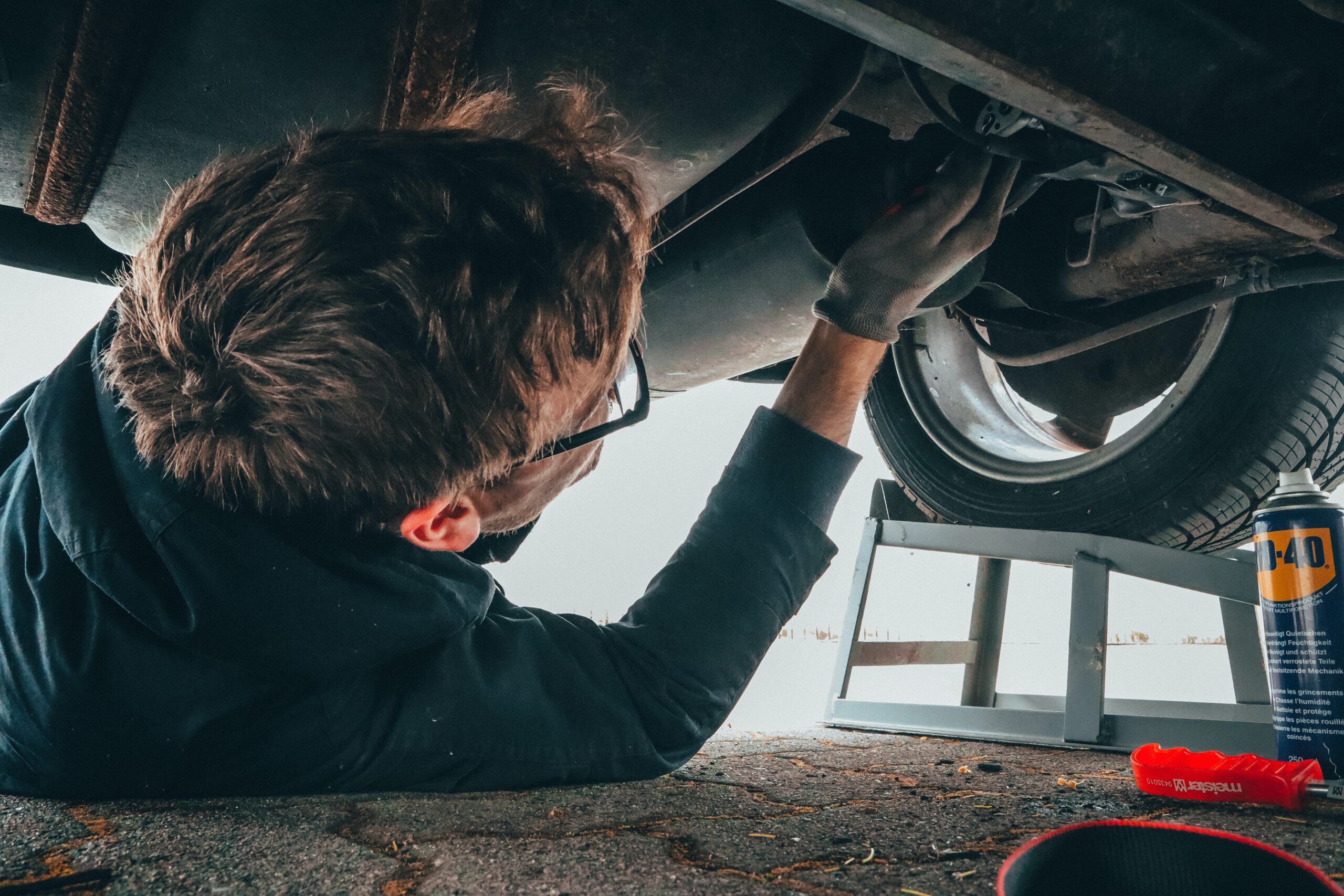
Owning a car is undoubtedly convenient, but it comes with its fair share of responsibilities. Regular car maintenance is essential to ensure the longevity, safety, and performance of your vehicle. From changing the oil to rotating the tires, each task plays a crucial role in maintaining your car’s health. In this comprehensive guide, we’ll delve into the world of car maintenance and focus on a critical aspect: treating the undercarriage against salt on the roads.
The Undercarriage: A Vulnerable Target
While you may be accustomed to caring for the visible parts of your car, it’s crucial not to overlook the hidden undercarriage. The undercarriage faces a unique challenge, especially in regions where roads are regularly treated with salt during icy weather conditions. Salt, although essential for road safety, can be detrimental to your vehicle over time. It accelerates the corrosion process, leading to rust and structural damage. To protect your car from this menace, you need to implement effective undercarriage treatment strategies.
Understanding the Salt Problem
Salt, commonly used to melt ice and snow on roads, can be incredibly corrosive to your car’s undercarriage. When vehicles drive over salt-treated roads, the salt residue accumulates on the undercarriage. Moisture and dirt can get trapped in these salt deposits, creating a potent mixture that accelerates the rusting process. Over time, this corrosion can weaken your car’s structural integrity, affect its performance, and significantly decrease its resale value.
Effective Undercarriage Treatment
The first line of defense against salt corrosion is regular washing. Invest in thorough car washes, particularly during and after the winter season. Pay extra attention to the undercarriage, ensuring that all salt and debris are removed.
Undercoating involves applying a protective layer to the undercarriage to shield it from moisture, salt, and debris. You can opt for rubberized undercoating, which acts as a barrier against the corrosive elements. However, it’s essential to choose a reputable auto shop that performs this procedure correctly.
Rust-proofing products contain corrosion-inhibiting chemicals that create a protective barrier on your car’s metal surfaces. These products come in various forms, such as sprays and waxes, and are designed to prevent or slow down the rusting process.
Fluid film is a lanolin-based, non-toxic coating that provides an excellent protective barrier against salt and moisture. It seeps into crevices and hard-to-reach areas, providing long-lasting protection.
Regularly inspect your undercarriage for signs of rust, damage, or loose components. Early detection can save you from costly repairs down the road.
Conclusion
Maintaining your car’s undercarriage is not just a matter of aesthetics; it’s a crucial step in ensuring your vehicle’s longevity and safety. Treating the undercarriage against salt on the roads might require a bit of effort and investment, but the benefits far outweigh the costs. By incorporating effective undercarriage treatment strategies into your car maintenance routine, you’ll be protecting your investment and enjoying a safer, more reliable driving experience for years to come. Remember, a well-maintained car is a happy car!



















